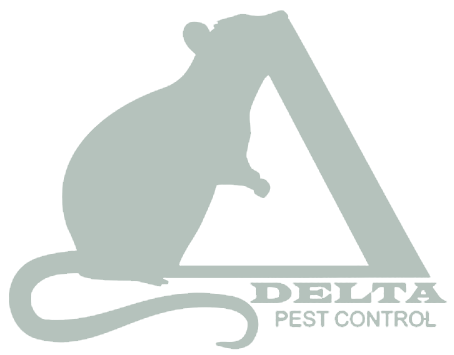Can Predators Control Pest Populations?
Can Predators Get Rid Of Your Pest Problems?
Dealing with a pest problem is a daunting issue. And in today's environmentally conscious world, people are looking for more earth-friendly and humane solutions to those problems. With the conflicting advice out there, it's not easy to differentiate the good from the bad or to comprehend the potential ramifications of utilizing a particular method.
I often see people talking about the value of predators for controlling prey populations. From coyotes controlling gophers to raptors controlling rodents, and lady beetles controlling aphids, some people insist the answer to a pest problem is to add a predator. I even see people insisting that the solution to a rat problem is by getting a cat.
But the truth is, while your cat may be adept at catching a rat, your beloved pet could become very ill or even die from eating it—something that felines are naturally inclined to do. The dangers include viral and bacterial infections, intestinal worms, toxoplasmosis, and secondary rat bait poisoning.
I'm a big fan of predators, and they do have value on the landscape, but it's important to understand predators do not control pest populations. Predators and prey coexist in a symbiotic relationship. In a symbiotic relationship, you still have a pest or prey problem to contend with even if the numbers are skewed, and you may also be inadvertently creating a predator problem with its own set of issues in the process.
Lady Beetles is another common recommended by advocates of this method. If you did release a considerable number of ladybugs (large relative to the number of prey individuals), after dark, near their food source (aphids on your roses, as an example), you would probably crash the aphid population in that group of roses. That's only a temporary condition.
When the prey population crashes, the predator's population will either crash, or relocate to find more food, and the two populations will move back toward symbiosis again. That means as the number of predators decreases, the number of prey individuals will increase until the natural symbiosis returns.
Depending on the species involved, and the habitat conditions, returning to symbiosis could happen very fast, making the cost of obtaining and using predator releases too expensive to be practical. Encouraging predators has its own limitations and challenges and is less effective than releasing large amounts of them in a small area. Take as an example, the concept of releasing ladybugs inside your home to control aphids on your houseplants. While you may significantly diminish the aphid population for some time, you would most likely end up with a ladybug infestation. They may seem like a cute insect, and they are known to be relatively harmless since they don't bite or carry diseases. Still, as their numbers multiply inside your home, suddenly you will find them everywhere—and do you really want to live in a house with ladybugs crawling all over your walls, windows, curtains, and furniture?
A better strategy to control pests is an integrated pest management approach, like changing the habitat to reduce the number of individual pests the habitat can support.
In the case of wasps or ants, that sometimes means watering less, or changing how you water your landscaping or fixing leaking hose bibs. The wasp relies on water not only for drinking but for nest-building and cooling as well. By eliminating that water source, the wasp will no longer view your property as a potential nesting site. Ants require a steady supply of water to survive, so without that, your home suddenly looks much less attractive.
In the case of rats,
it can mean removing clutter, not feeding birds, and removing ripe or fallen fruit daily before sunset. A rat without a food source cannot live for more than two weeks and would likely leave much sooner than that.
In the case of aphids, it often means using a systemic pesticide to kill them. This will not only help your roses but also help reduce the ant activity you will deal with this summer as well. Ants
and aphids are known to cohabitate and collaborate—the aphid provides food for the ant, secreting a sticky substance from their abdomen called honeydew that the ants will feed on. In turn, the ant protects the aphid against predators like lacewings and ladybugs.
Consider this: if predators effectively controlled pest populations, they would eat themselves out of house and home, and end up starving to death after consuming all the prey. That doesn't happen because predators don't control prey populations - I do.
As a trained and experienced professional, I have the skillset, knowledge, and resources to deal with these issues in the most effective, efficient, and humane way possible. If you are having problems with a pest or wildlife conflict, please reach out to me for advice. I am ready and waiting to assist you.
